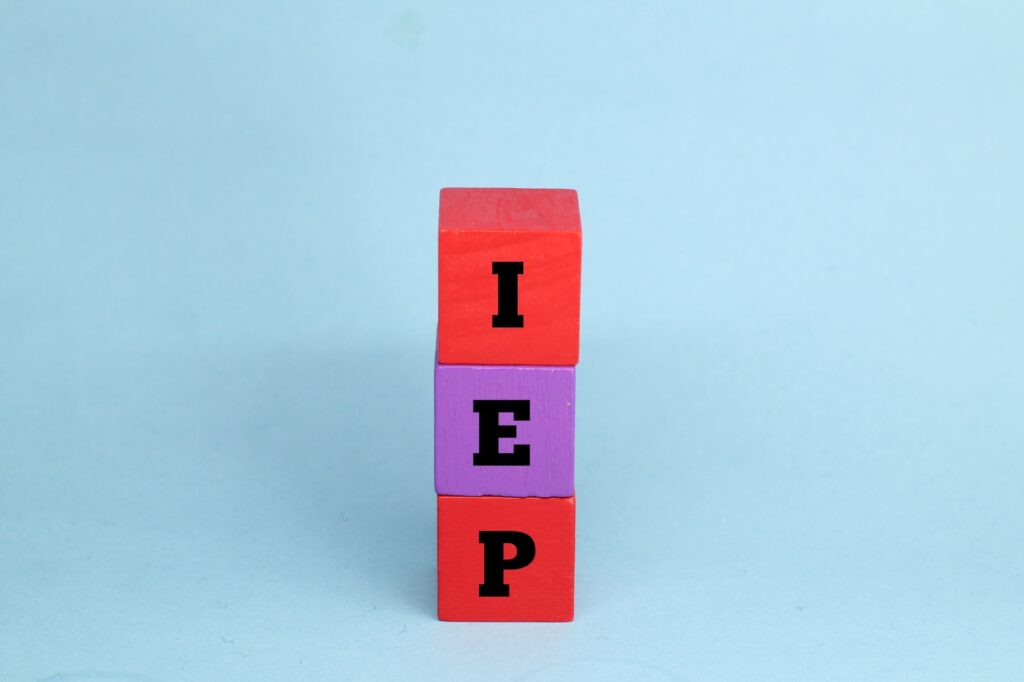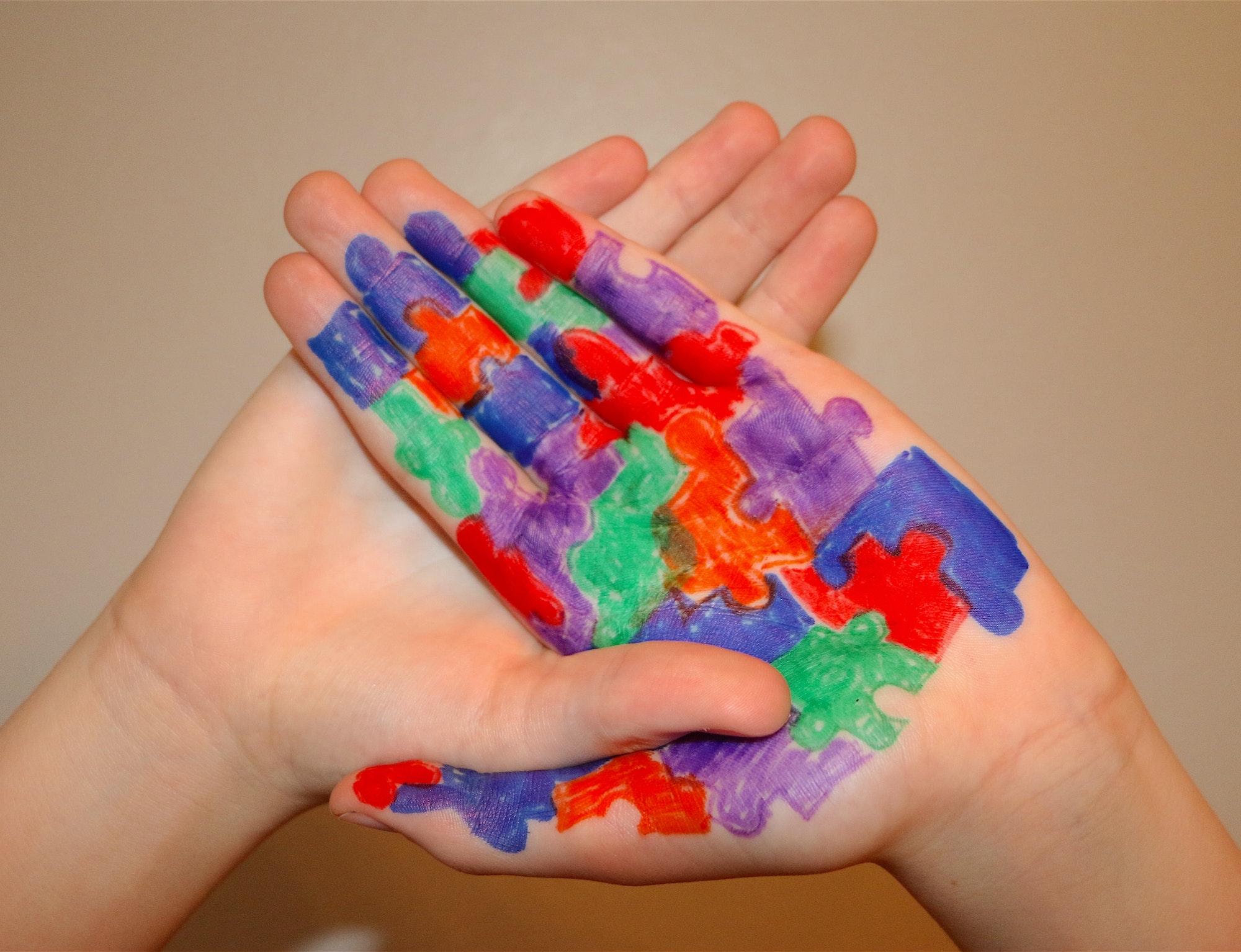Parenting
Empowering Parents: Dealing With Bullying
Practical Strategies
As a parent of a child with autism, one of your primary concerns is your child’s well-being, including their social interactions. Bullying can be a distressing experience for any child, but it can be particularly challenging for children with autism who may struggle with social skills and understanding social dynamics. This guide aims to provide parents with practical strategies to support their child in dealing with bullying effectively.

Understand & Identify Bullying
Familiarize yourself with the different forms of bullying, including physical, verbal, and relational bullying. Be vigilant and learn to recognize the signs of bullying, such as changes in behavior, withdrawal, reluctance to attend school, or unexplained injuries.

Foster Open Communication
Create an environment where your child feels comfortable discussing their experiences openly. Encourage them to share their feelings, concerns, and any incidents of bullying they may have encountered. Actively listen without judgment and validate their emotions.


Teach Social Skills
Help your child develop social skills to navigate challenging social situations. Practice appropriate responses to bullying scenarios, such as assertiveness, ignoring, or seeking help from a trusted adult. Role-play different scenarios at home to build their confidence.

Educate Your Child
Provide age-appropriate information about bullying, why it happens, and that it is never their fault. Teach them to differentiate between appropriate and inappropriate behavior, empowering them to identify bullying when it occurs.

Collaborate
Maintain open lines of communication with your child's school staff, including teachers, counselors, and administrators. Inform them about your child's autism diagnosis and concerns about bullying. Work together to develop a comprehensive plan to address bullying incidents promptly.

Individualized Education Program (IEP)
If your child has an IEP or 504 plan, ensure it includes provisions to address bullying, such as additional social skills training, peer support, or a safe space to retreat when needed. Regularly review and update the plan to reflect your child’s changing needs.

Empower Self-Advocacy
Teach your child to advocate for themselves in appropriate ways. Encourage them to speak up to authority figures, seek help, and express their emotions effectively. This will empower them to take control of their own well-being.


Develop a Support Network
Connect with other parents of children with autism or join support groups focused on bullying. Sharing experiences and strategies can provide valuable emotional support and practical advice to help you navigate challenging situations.

Document Incidents
Keep a record of bullying incidents, including dates, times, locations, and descriptions of what occurred. Documenting the events can help you establish patterns, provide evidence when addressing the issue, and ensure appropriate action is taken.


Teach Coping Mechanisms
Help your child develop coping mechanisms to manage the emotional impact of bullying. This may include relaxation techniques, deep breathing exercises, engaging in hobbies or activities they enjoy, or seeking support from a therapist or counselor.

Encourage Positive Peer Relationships
Facilitate opportunities for your child to develop positive relationships with their peers. Encourage participation in social clubs, after-school activities, or sports teams where they can build friendships based on common interests.

Promote a Culture of Acceptance & Inclusion
Educate your child's school community about autism and promote understanding and acceptance. Advocate for anti-bullying programs and initiatives that foster a culture of inclusivity, empathy, and kindness.
Patience, Persistence, & Ongoing Support
Remember, dealing with bullying is a process that requires patience, persistence, and ongoing support. By equipping yourself with knowledge and empowering your child, you can help them develop resilience, self-confidence, and the ability to overcome the challenges they may face.
Guide Disclaimer
The information provided in this article is intended for general informational purposes only and should not be considered as professional advice or a substitute for medical, therapeutic, or educational guidance. Every individual’s needs are unique, and what works for one person may not work for another. It is essential to consult with qualified professionals, such as doctors, psychologists, therapists, or educators, who can provide individualized recommendations and support tailored to your specific needs.


